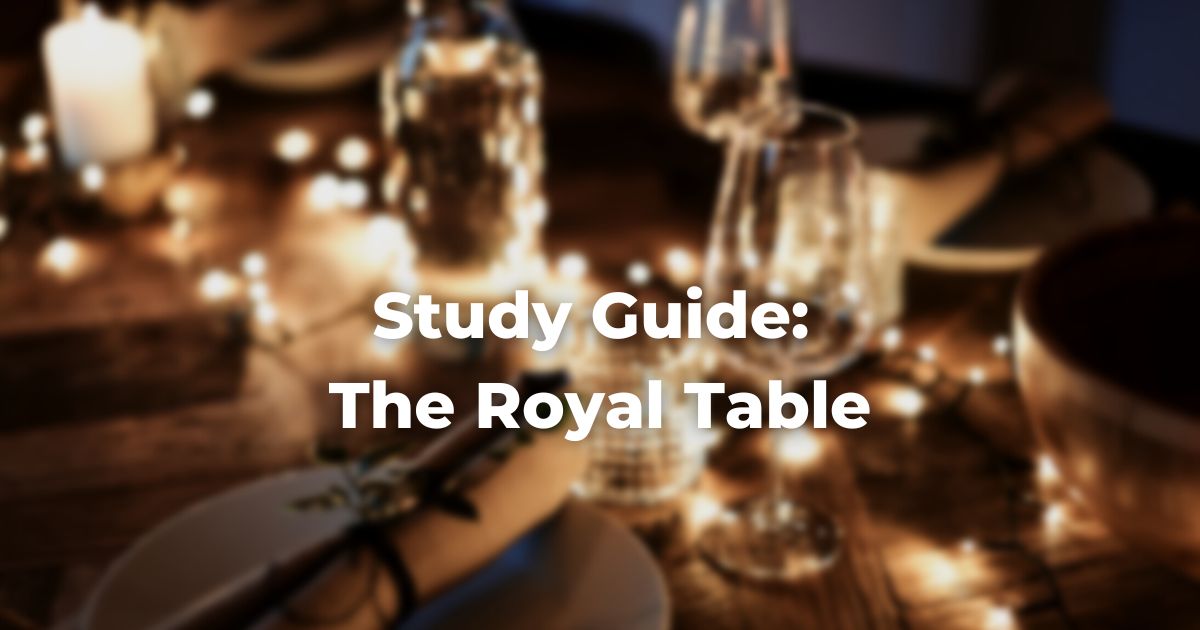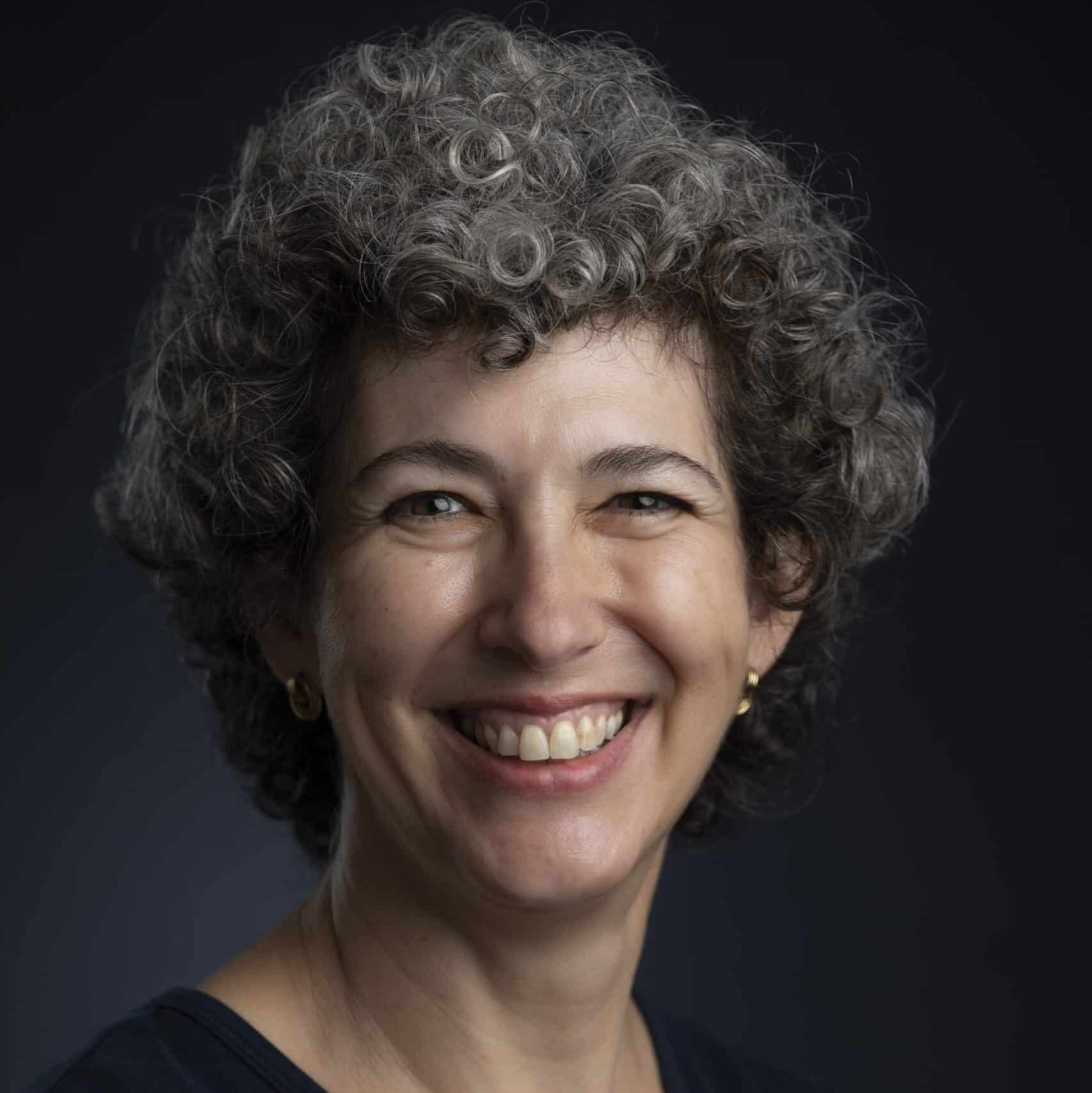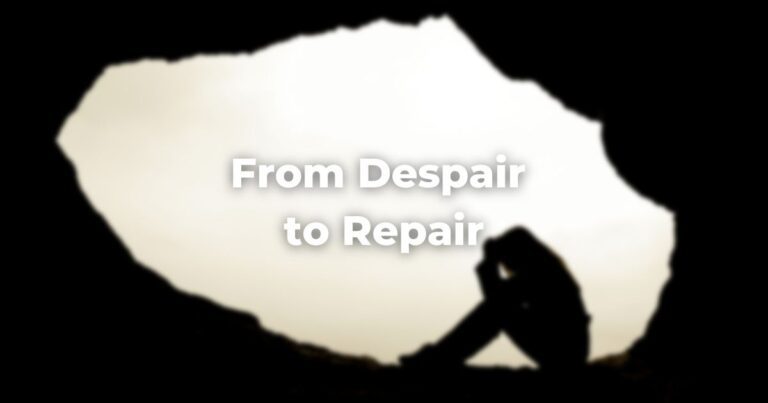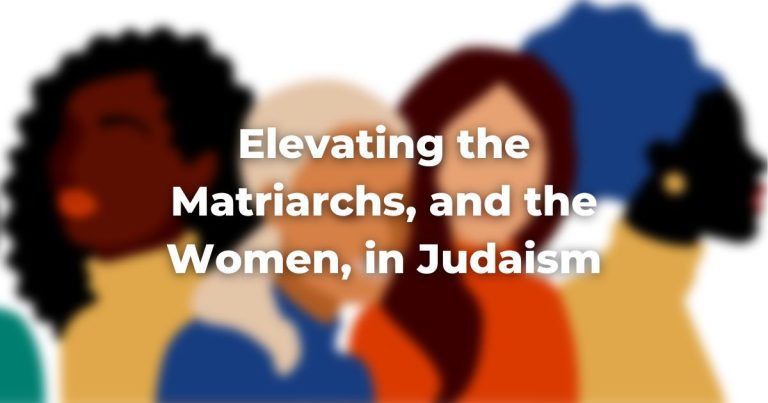Text: Shemot 25:23-30
23 “You shall make a table of acacia wood… 24 And you shall overlay it with pure gold and make a gold molding all around. 25 You shall make for it a frame of a handbreadth all around, and you shall make a gold molding for the frame all around… 29 You shall make its dishes, its pans, its pitchers, and its bowls for pouring; of pure gold shall you make them. 30 And you shall set the showbread on the table before Me always.”
- Why should there be a table in the Mishkan?
- What does a table symbolize? How do you see that in the text?
- What is the role of the molding?
Commentary: Ramban on Shemot 25:24
A molding of gold round about—”This is a symbol of a crown of royalty, for the table represents wealth and prominence, as one says, ‘a royal table.'” This is Rashi’s language. And this explanation is correct, for in this lies the secret of the table. For since the time that the world came into existence, God’s blessing did not create something from nothing; instead, the world follows its natural course, for it is written, “and G-d saw everything that He had made, and behold, it was very good”. But when the root of the matter already exists, the blessing descends upon it and increases it, just as Elisha said, “tell me; what do you have in the house?” and then the blessing came upon the pot of oil that she already had, and she filled all the vessels from it. And in the case of Elijah it is said, “the jar of meal was not spent, neither did the cruse of oil fail”. And so also was the case with the showbread on the table; upon it rested the blessing, and from it came abundance to all Israel.
- Ramban opens by quoting Rashi’s comment. How does Rashi understand the molding around the table? What is the table a symbol of? What is the relationship between Rashi and Ramban’s comment here?
- How does Ramban understand the role of the table in the Mishkan? Why would these things not happen without the table being present? What is the relationship of the Mishkan to the story of creation?
- Ramban brings two stories in which prophets (Elijah and Elisha) perform miracles of abundance for destitute people. Why do you think they only performed these miracles using existing containers and materials, however meager? How can a similar idea be seen in the people’s involvement with the table? How is this relevant to teaching us how to effectively help a person in need of assistance?
See more: Parashat Terumah
Originally posted as part of the Conservative Yeshiva at the Fuchsberg Jerusalem Center’s Torah Sparks. Support TorahRefers to the first five books of the Hebrew Bible, the Tanakh, also called the Five Books of Moses, Pentateuch or the Hebrew equivalent, Humash. This is also called the Written Torah. The term may also refer to teachings that expound on Jewish tradition. Read more learning from the Fuchsberg Jerusalem Center/Conservative Yeshiva for leaders and seekers around the world here.
Authors
-

Vered Hollander-Goldfarb teaches Tanach and Medieval Commentators at the Conservative Yeshiva and is a regular contributor to Torah Sparks, FJC’s weekly message on the weekly Torah portion. She received her M.A. in Judaic Studies and Tanach from the Bernard Revel Graduate School of Yeshiva University and studied at Bar-Ilan University and the Jewish Theological Seminary. Before making aliyah, Vered taught at Ramaz School and Stern College in New York.
View all posts -


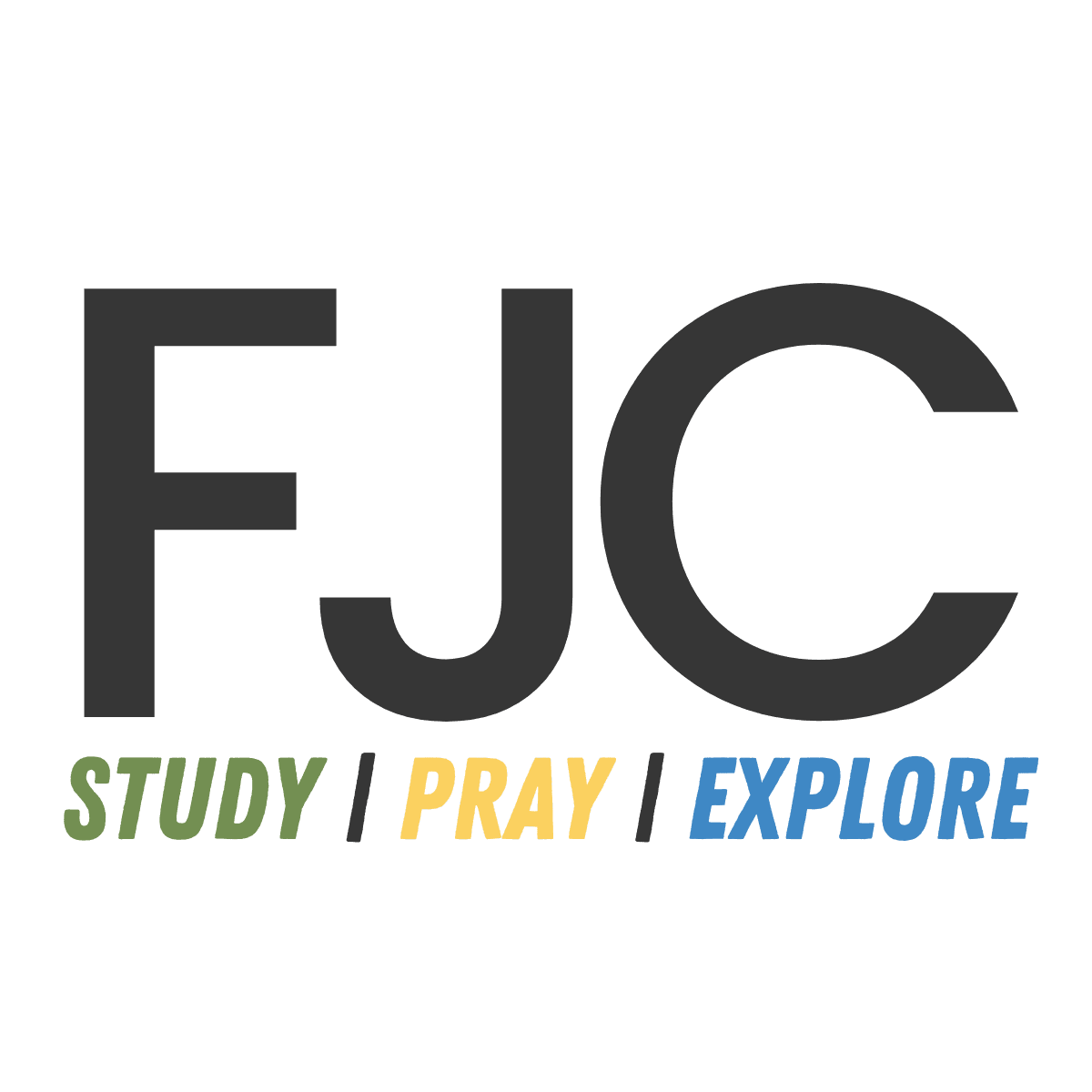
The Fuchsberg Jerusalem Center (FJC) is a home in the heart of Jerusalem where leaders and seekers can find an authentic place in Jewish tradition to call their own. FJC offers opportunities to study, pray and explore within an egalitarian and inclusive setting, creating multiple pathways for finding personal and communal meaning.
View all posts

